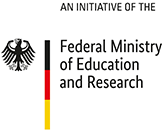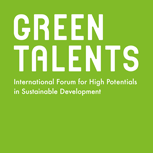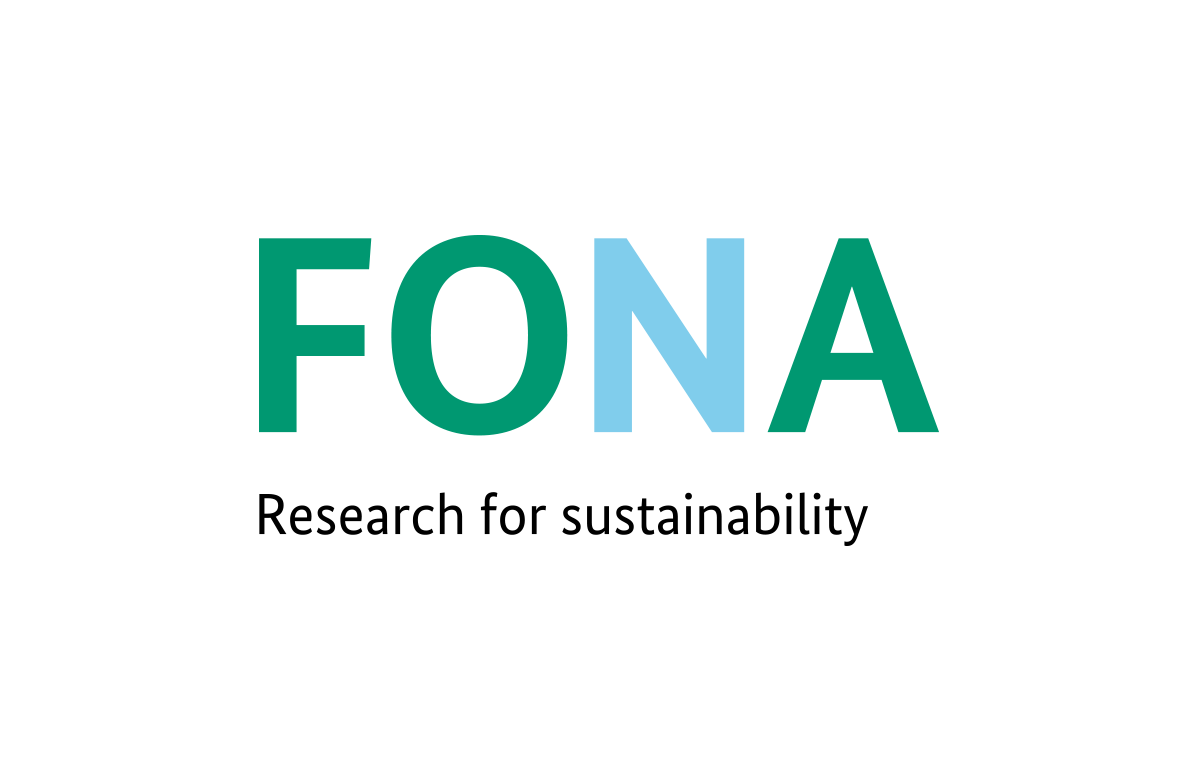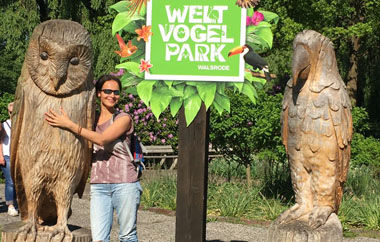A recipe of an ideal research stay, short as it might be, would most probably contain the following ingredients: the people you work with, the subject you work on, the research environment around you, and those extra opportunities you might have had along the way. So let’s see how I did on all of those during my 3 months in Kiel at Kiel University (Christian-Albrechts-Universität, CAU) and Geomar.
So, the people. Kiel Marine Sciences at Kiel University and Geomar are world-renowned for the marine science done there, so if you do marine science and happen to be reading this, there’ll be hardly any need to introduce these two institutes and give reasons why the research being done there is at the edge of current science. I do believe, though, that however good the research, the magic of a place is always people, that’s why this is the ingredient number one on my list. In that respect both CAU and Geomar offer you way more than just excellent research opportunities. I was most warmly welcomed and further supervised by Rudi Voss and Jörn Schmidt at CAU (Kiel Marine Sciences) and Nicolas Ory and Catriona Clemmesen at Geomar. The communication we had during those three months of our projects is something that has been just as important to me as the research part itself, and I am grateful to my both host institutes for such wonderful people and their supervision, insightful in many ways.
Next come the projects themselves. At CAU, together with Jörn Schmidt and Rudi Voss, we worked on innovative ways of laying out scientific information in a poster. The purpose of the entire project has been to explore novel and interactive ways of communicating science, which most often fails to reach the understanding and grab the attention of an average citizen who happens to see it. See, scientific posters are fairly associated with boring and rather specialized reading printed on an A0 along with a few figures, which not even all the conference participants care to go through, and which, as Jörn and Rudi taught me with their own experience, does absolutely not have to be the case. The poster we are still working on will have bits of augmented reality, a creative layout, all the science behind the subject coupled with a design that will make the reader not only want to go through all the information, but enjoy doing so, and what I love about this project is its wide applicability to any area of science and beyond.
Within my second project, at Geomar, Nicolas Ory and I have been working on a number of electron microscope images of microplastic pieces that Nicolas collected in surface waters off Chile and Easter Island over a period of time. The purpose of that is to identify the organisms in the biofilm that grew on those pieces and try to see whether there are any patterns that we can observe. As someone who has been researching the issue of plastics in the ocean, I am thrilled by this project and by the fact that I can contribute to it.
The next ingredient in my recipe was the research environment. In that respect, I must say, Geomar especially amazes you with a host of scientific events, symposiums, lectures and seminars that you are very welcome to attend, deepening your understanding of marine scientific issues and tapping into an invaluable resource: the scientists around you and their work.
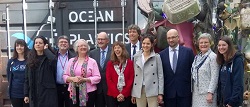 Bonus opportunity: during my research stay, thanks to the wonderful Green Talents team, I had the luck to speak at the Ocean Plastic Lab Exhibition opening at European Parliament in Brussels, where I could briefly talk about my marine plastics recycling startup, Holy Jelly, and meet some amazing people in the field. Not bad, isn’t it?
Bonus opportunity: during my research stay, thanks to the wonderful Green Talents team, I had the luck to speak at the Ocean Plastic Lab Exhibition opening at European Parliament in Brussels, where I could briefly talk about my marine plastics recycling startup, Holy Jelly, and meet some amazing people in the field. Not bad, isn’t it?
So, you take all these ingredients, incubate them in a great country at two excellent institutions under the right temperature (the reason I went for spring) for 3 months, et voilá: a perfect research stay you can’t fit in just 4 paragraphs, as you were supposed to.
Read more about Olga Mironenko.
